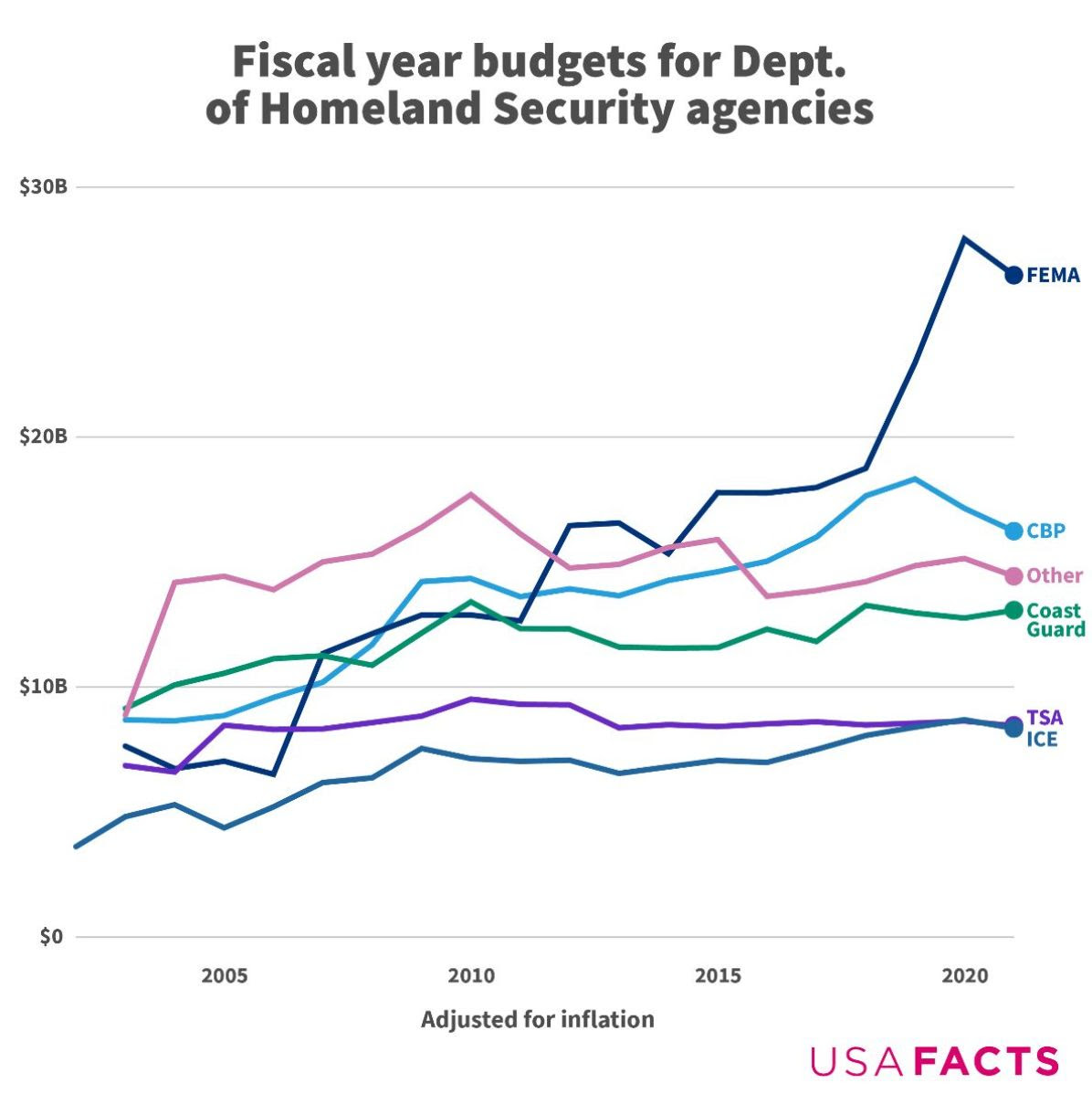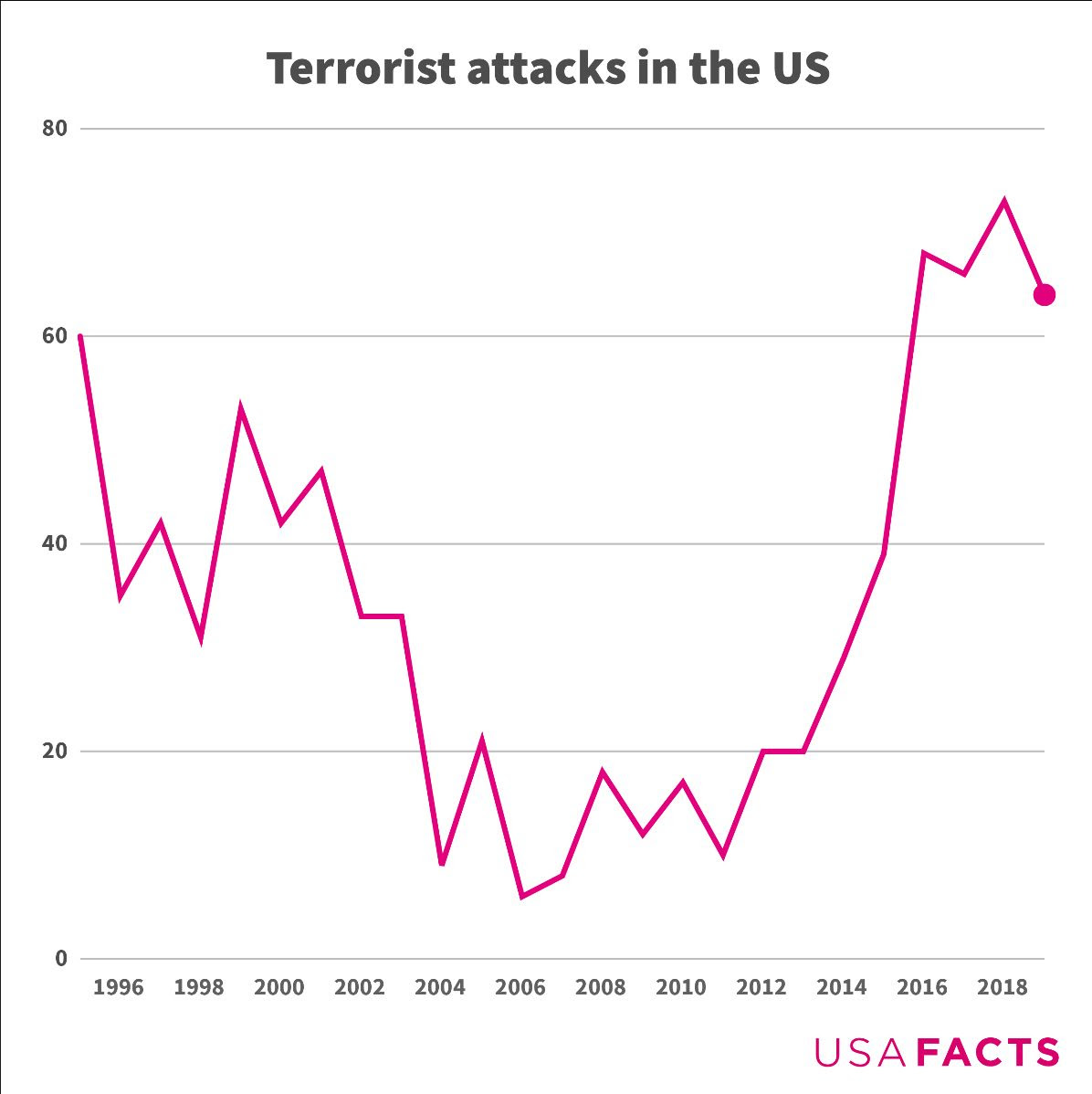As Apple prepares to release the latest generation of its iPhone this fall, it is starting to feel the pinch Android makers have been feeling for months from the global chip shortage. Still, new survey results suggest the chip crunch is hitting other manufacturers of high-end phones such as Samsung Electronics much harder, and the problems are becoming more widespread, at least in the U.S. In a survey of 37 sales representatives at wireless retail stores across the U.S., 26 of them, or 70%, reported shortages of smartphone inventory in August, up from 45% in June and 28% in May, according to Wave7 Research, a firm whose monitoring of retailers is closely watched by the wireless industry. Notably, the shortages were more pronounced for Samsung and other makers of Android-powered devices than for iPhones, and they are expected to persist through the holiday season, said Jeff Moore, a principal at the research firm.
India's Using Food Leftovers to Make Green Electricity By turning food waste into power, communities are cutting emissions and slashing their energy bills. US Senate: Support Smallholder Farmers to Feed Millions Smallholder farmers provide food to millions of the world’s poorest but they need support. Email Now The creation of the Department of Homeland Security |
|
President George W. Bush created the Office of Homeland Security to oversee internal anti-terrorism efforts days after the Sept. 11, 2001 terrorist attacks. It soon became the cabinet-level Department of Homeland Security (DHS), consolidating border security, emergency preparedness, cybersecurity, and countermeasures against chemical, biological, and nuclear threats.
Twenty years after the attacks, what has this department come to regulate and encompass? Get the answers at USAFacts, including: |
|
- DHS has an $87 billion budget, 89% higher than its initial 2003 budget when accounting for inflation.
- The Federal Emergency Management Agency (FEMA) is the largest DHS agency. Allocated $26.5 billion in 2021, FEMA has 30% of the department's budget, up from 17% in 2003. The agency had 13,400 full-time equivalent employees in 2021.
- Customs and Border Protection (CBP), responsible for border control at airports, land borders, and more, is the second-largest DHS agency by budget. It employed 62,600 people as of this year. CBP is 19% or $16.2 billion of the 2021 budget. Immigration inspection and the Border Patrol were previously under the Treasury Department.
|
|
- Immigration and Customs Enforcement (ICE) received $8.3 billion in the 2021 DHS budget, up from its allotment of $4.8 billion in 2003. ICE employed 21,300 in 2021 and is responsible for investigating non-citizen individuals for removal and running transnational criminal investigations.
For more, scroll through the visuals on how DHS has allocated budgets for 20 years.
How much did the US spend in aid to Afghanistan?
Since 2001, Afghanistan has received more US foreign aid than any other nation. This aid consists of two categories: military spending and economic assistance. Get a deeper understanding of this aid with metrics from the United States Agency for International Development (USAID) and the State Department. |
|
- Military aid primarily benefits government armed forces and does not include the cost of US combat operations. Military spending was 70% of total foreign aid ($91.4 billion) to Afghanistan since 2001. The US spent $3.7 billion on Afghanistan military aid in 2019, the most of any country that year.
- According to USAID, $3.64 billion of military assistance went to the Afghanistan Security Forces Fund. The rest was for defense operations and maintenance, counter-drug activities, and international military education and training.
- In 2019, the US spent $1.2 billion on economic assistance to Afghanistan. These programs include international narcotics control and law enforcement, plus famine assistance. Economic aid to Afghanistan peaked in 2010 at $4.8 billion.
Learn more about aid during America's longest war. For extra context, compare how these numbers have fluctuated with troop levels in Afghanistan.
Americans killed in terrorist attacks since 9/11 The US made several policy changes to combat terrorism following the 9/11 attacks, as seen in the reports above. But there have been additional terror attacks on Americans in the US and beyond in the two decades since then. Learn more with data and definitions on attacks at USAFacts. |
|
- Since 2001, there have been 546 terrorism attacks on US soil. The number of attacks in the US rose from 20 in 2013 to as high as 73 in 2018.
- On 9/11, 2,908 people were killed in New York City, Washington, DC, and Shanksville, Penn. Since that day, 549 Americans have died in terrorist attacks. In 2019, the most recent year for which data is available, 51 people died in terrorist attacks within the US.
Dive deeper with USAFacts + Flipboard These reports are part of Flipboard's Understanding the Many Legacies of 9/11. See the collections of remembrances and examinations from authors, photographers, and journalists here. USAFacts is proud to partner with Flipboard to help bring government data to Americans' daily news consumption. One last fact |
|
| Visas for Afghans have dropped 35% since 2014. The fewest visas for Afghans are granted for family-sponsored relocation and employment. Both have pathways to qualify for permanent residence certified by a green card. |
|
|









No comments:
Post a Comment